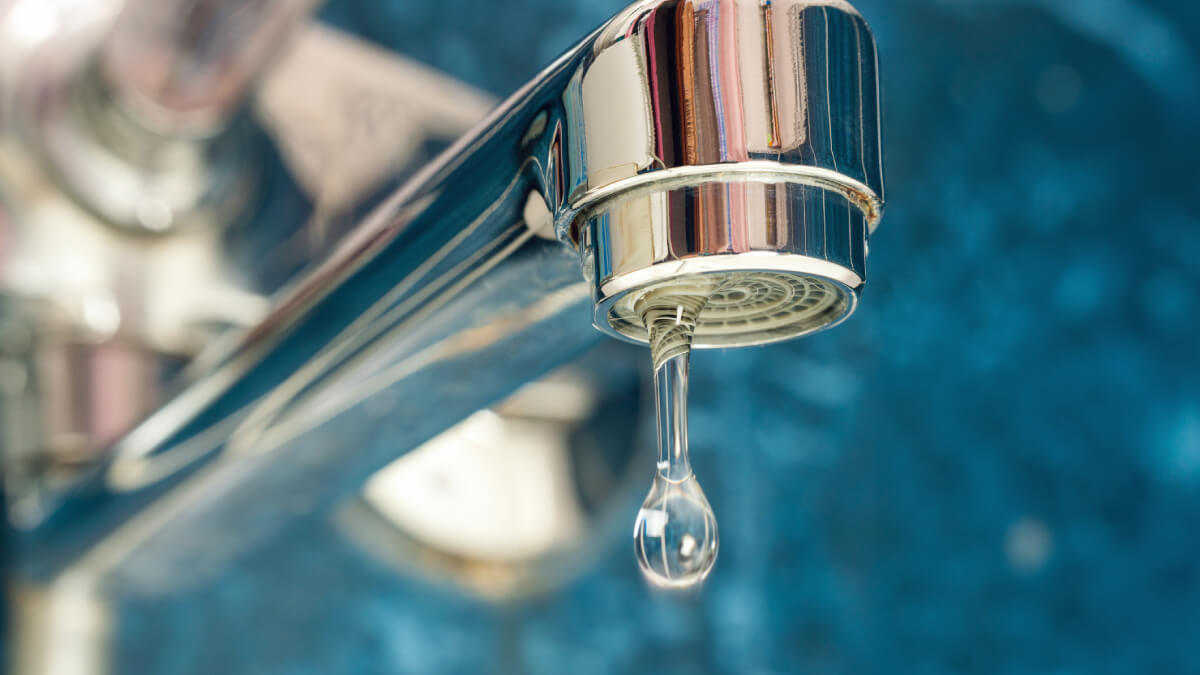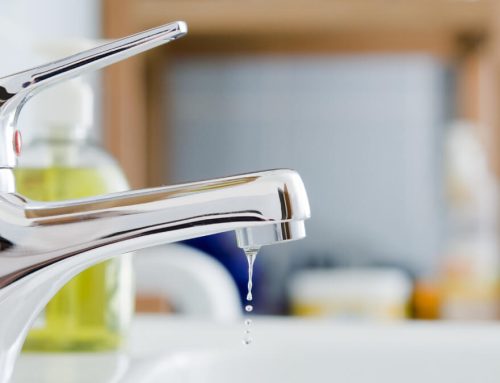How to Save Water and Energy with Low-Flow Plumbing Fixtures

Saving water and energy is a smart and responsible choice for your budget and the environment. Low-flow plumbing fixtures provide an excellent solution to lower water consumption without losing performance. Find out about the benefits of water-saving fixtures, how they stack up against older models and practical tips to conserve even more water in your daily routine.
Key Key Reasons to Consider Installing Water-Efficient Plumbing Fixtures
Reducing water waste
The EPA’s WaterSense program calculates that you can save 700 gallons of water per year by upgrading the existing faucets in your home with new, low-flow designs.
Lowering your monthly water bills
Low-flow fixtures help decrease your monthly utility bills by using less water. Indeed, a WaterSense-labeled showerhead can save 4 gallons of water every time you shower, which can really add up over time.
Also helps with water heating costs
Using less water for daily chores results in you using less hot water, which increases your savings by reducing hot water costs.
A longer plumbing system life span
Less water flow means there’s a much smaller load on your plumbing system, possibly lengthening its life and decreasing the need for repairs.
As you can see, installing low-flow faucets, showerheads and toilets can benefit you in a number of ways:
Key Components of Low-Flow Plumbing Fixtures
Low-flow fixtures have several design options to retain performance while also cutting back on water. Here’s how they can do so:
- Dual-flush technology: Some toilets offer two flush controls—one for liquid waste using less water, and a fuller flush for solid waste. This further controls water use based on necessity.
- Flow restrictors: Faucets with these devices restrict the amount of water that moves through the fixture without a noticeable drop in pressure.
- Aerators: A number of low-flow faucets and showerheads include aerators, which mix air with water to maintain pressure while still lowering the volume of water needed.
How Much Water Will Low-Flow Fixtures Use?
These more efficient plumbing fixtures initially gained widespread traction in the 1990s. The shift was largely driven by growing awareness of water conservation concerns and our environmental footprint. The Energy Policy Act of 1992 required maximum flow rates for faucets, showerheads and toilets throughout the United States, supporting the prompt adoption of low-flow fixtures. This initial legislation paved the way for more efficient faucets and showerheads aimed at lowering water consumption while retaining performance.
Take into account how much water low-flow fixtures save compared to their older counterparts:
- Faucets: Older faucets run at about 2.2 gallons per minute (gpm), whereas low-flow faucets reduce to 1.5 gpm or less without weakening the water pressure.
- Showerheads: The industry standard for showerheads was 2.5 gpm. Today’s showerheads lower water consumption to 2.0 gpm or less.
- Toilets: Old toilets typically use as many as 7 gallons per flush (gpf). On the other hand, the current federal standard maximum is 1.6 gpf, with many dual-flush models using as little as 1.28 gpf.
Five Tips on How You Can Save Even More Water
While low-flow fixtures make a big difference on their own, you can go further to conserve water every time you use them. Here are some tips:
- Shut off the water as you brush your teeth: Do your best to only leave the tap running if you’re actively using it. If you leave the bathroom or spend a couple of minutes to actually brush your teeth, switch off the faucet to conserve water.
- Don’t allow anyone to flush trash: Toilets are exclusively designed to accommodate toilet paper and human waste. Flushing anything else always wastes water and increases the risk of clogs. Do your plumbing a favor by always tossing facial tissues, paper towels, cotton balls and all other non-flushable products in the trash can.
- Take shorter showers: Even once you’ve installed low-flow showerheads, you still waste a lot of water if you take too long. Shortening your shower time by a minute or two saves water and lowers energy use.
- Use dual-flush toilets appropriately: The dual-flush design only works for you if everyone in your household understands how to use it it. Press the half-flush button for liquid waste and only press the full flush for solid waste. A few newer handle-flush toilets now have dual-flush designs. A quick flush uses less water, while keeping the handle depressed releases the standard amount of water to wash away solid waste more efficiently.
- Fix leaks right away: Even low-flow fixtures could eventually leak, wasting more water and hamstringing efficiency. Make an effort to regularly check for leaks and resolve any you find to maintain your water conservation efforts.
Ask About Your Free Estimate for Low-Flow Fixtures Today
Interested in an easy way to cut your water usage and save money? Crawford Services is here to help! We install high-performance low-flow faucets, showerheads and toilets to support water and energy conservation. With our 100% satisfaction guarantee, you can depend on us to deliver the quality products and services you need. If you’re ready to ask about a free quote for installing low-flow plumbing fixtures or want more water conservation tips, please contact us today.

